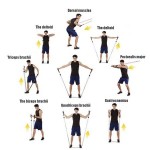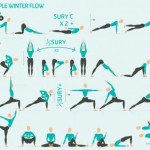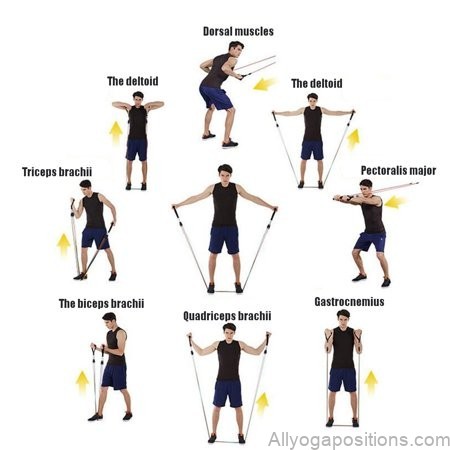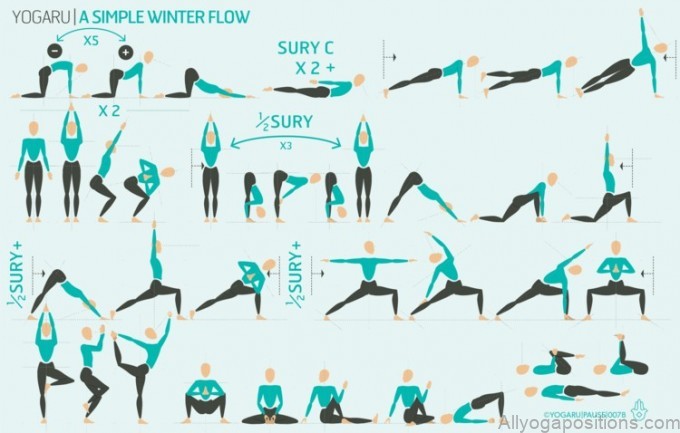Joseph Pilates
Pilates is named after Joseph Pilates, its inventor, who was born in the late 19th century in Germany. His health was fragile due to a malformation of the thorax, and he devoted his life to improving his physical condition. It worked for him, as he became an accomplished sportsman in several disciplines.
What pilates does for you
On a physical level Pilates exercises combine muscular effort with mobilisation of the spinal column. They are designed to rebalance the muscles, by strengthening the deep muscles and loosening stiff muscles. The pilates method helps you quickly achieve a more balanced muscle structure for a more harmonious, firm, toned figure. By working the postural muscles that support the skeleton, it also soothes and protects the joints, putting them under less pressure. The body is both more flexible and more solid. Posture is improved considerably. On the psychological level Its benefits are not confined to the body.
On the psychological level, pilates is a great help, strengthening and relaxing your mind. During a session, you have to leave your everyday problems behind, along with anything else that may harm your concentration. You learn to control your breath, be aware of your body, and get to know your body better while being more alert to its signals. This will be very helpful when dealing with stressful times and the difficulties of life. A workout for the whole body Often, you store fat in one area of the body, while the muscles in another area develop: stomach fat on top of a six-pack, flabby inner thighs despite having well-defined quadriceps…
This is a sign of a superficial, unevenly distributed workout. Most strength-building disciplines work the muscles in an isolated manner. Pilates, on the contrary, mobilises several muscle groups at once, involving them in a joint effort. The body is seen as a whole, for a result that respects the harmony of your muscle structure.
What pilates does for you Photo Gallery
The big difference Quality rather than quantity
Pilates exercises are made up of precise, careful movements. This is what makes this discipline effective. Quality is more important than quantity.
But don’t think you won’t sweat: an intense effort is required as it puts your resistance and stability to the test, by calling on muscles that you may not be used to working with. Targeted strengthening of the centre of the body According to Joseph Pilates, this part of the body is the starting point for all our movements. The muscles it contains (abdominals, buttocks and dorsal muscles) form what he called « the power house ». This is why every exercise challenges and develops their resistance, even if this is not the primary aim. So for example, when you are stretching the hamstrings, you are using your abdominals at the same time. Pilates for your back Your spinal column is the pillar of your body.
Everyday life takes its toll on this axis, which absorbs shocks, hunches up and sags with age and poor posture. Pilates exercises will help you increase its flexibility and strengthen the back muscles that support it. The springs in pilates machines Unlike classic body-building machines, where resistance is provided by weights, pilates machines use a system of springs. This makes all the difference. When you train using weights, the resistance you meet is the same throughout the whole movement. The muscles develop to increase in volume. A system of springs, on the other hand, works the muscle in a linear way, so it has to adapt to a gradual increase in resistance: the more the spring lengthens, the more effort you have to provide. As a result, the muscles do not swell up but become longer, for a slimmer, more energetic body.
Table of Contents




